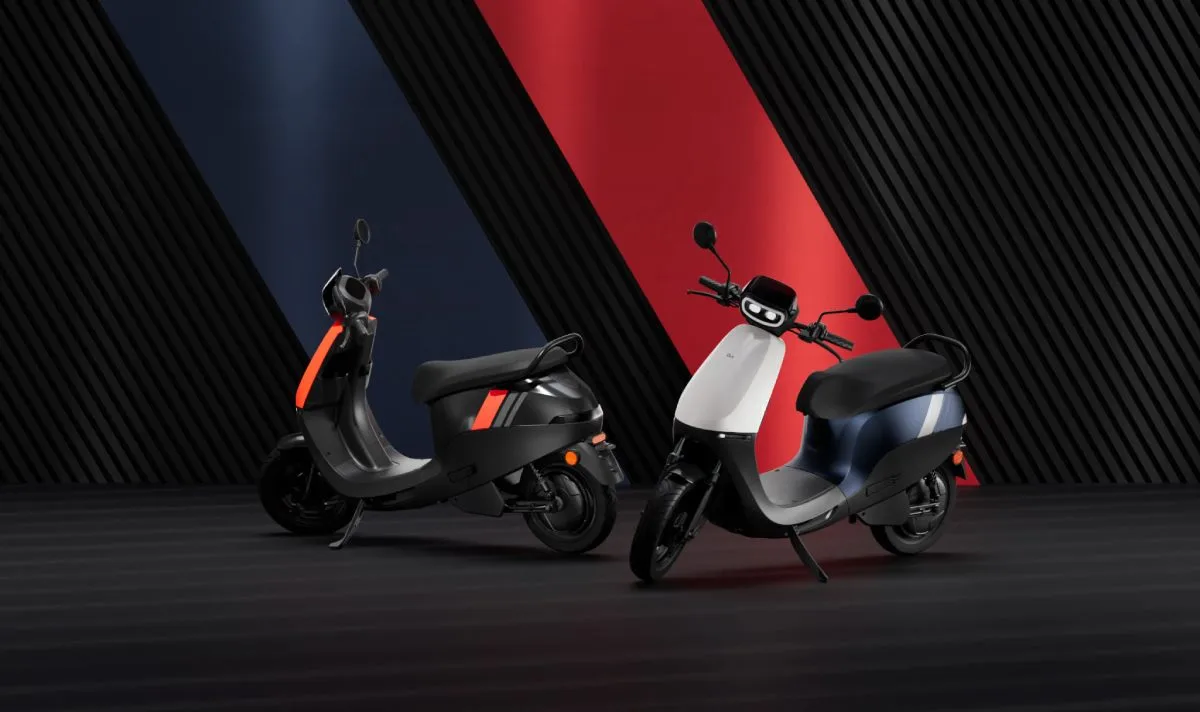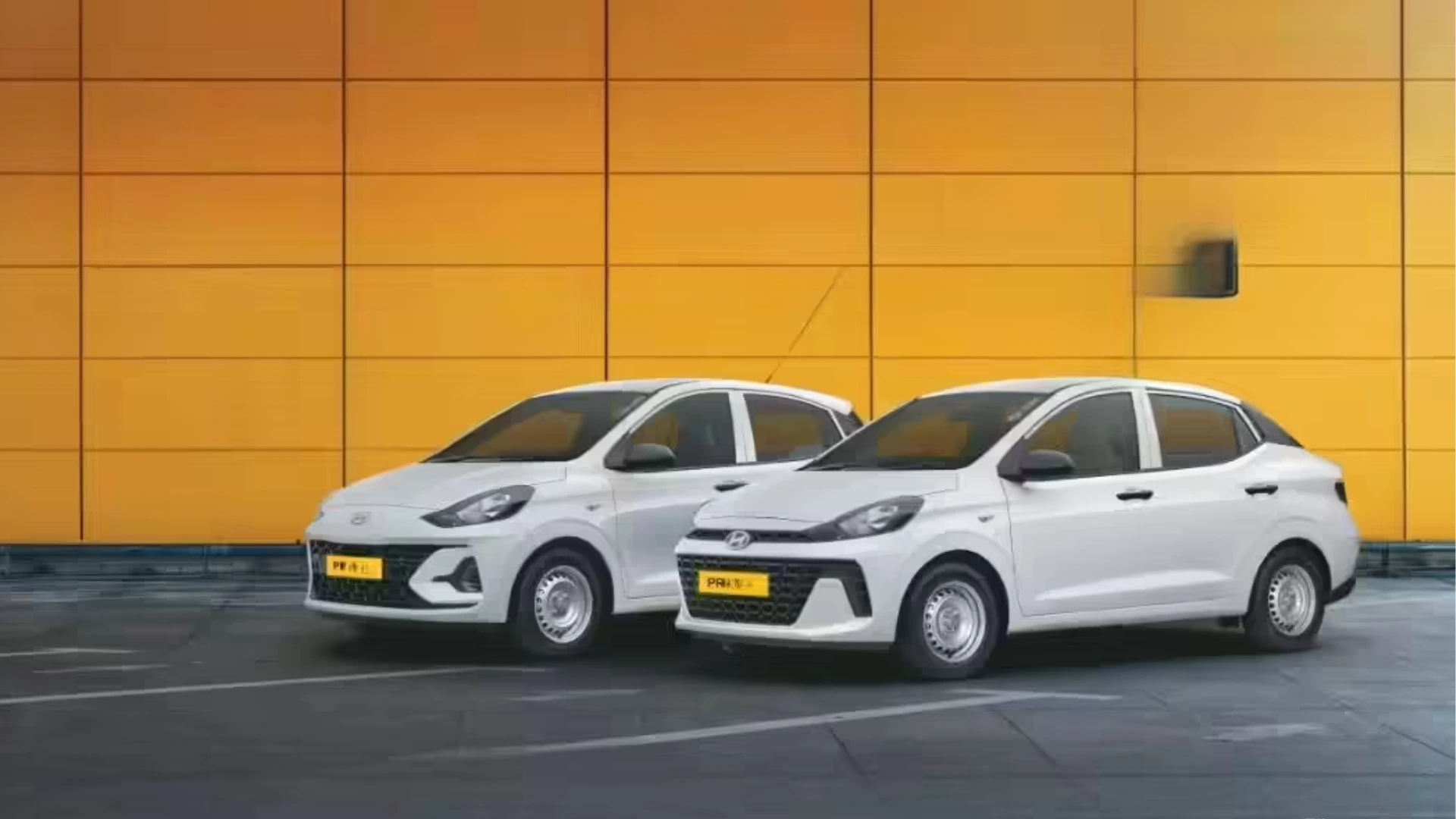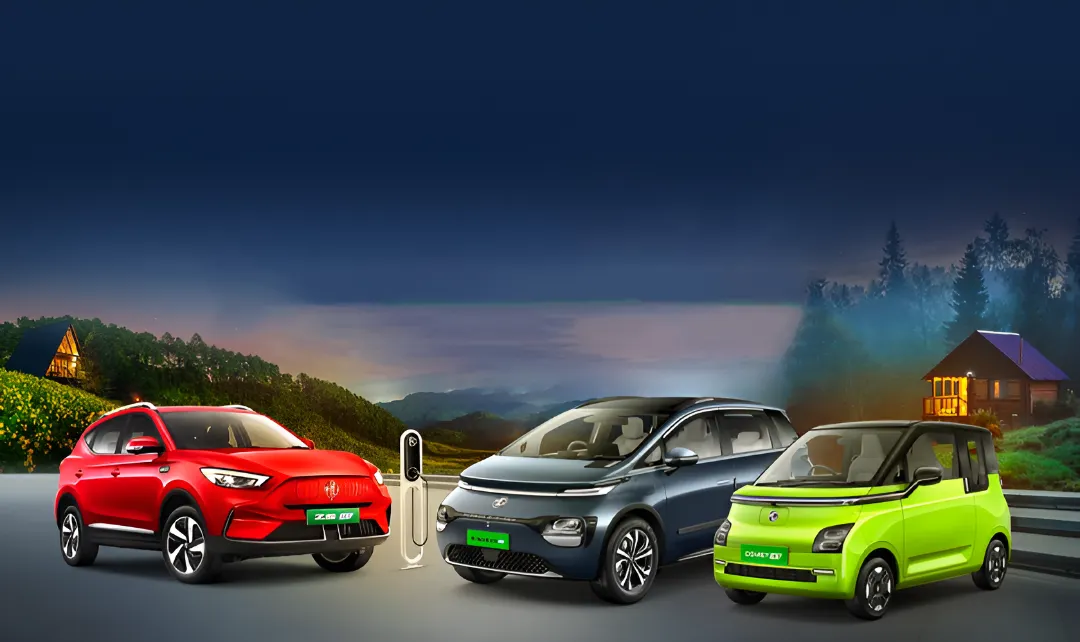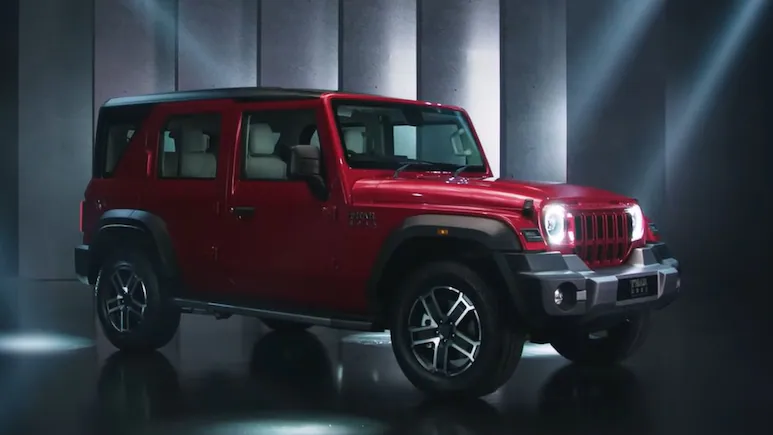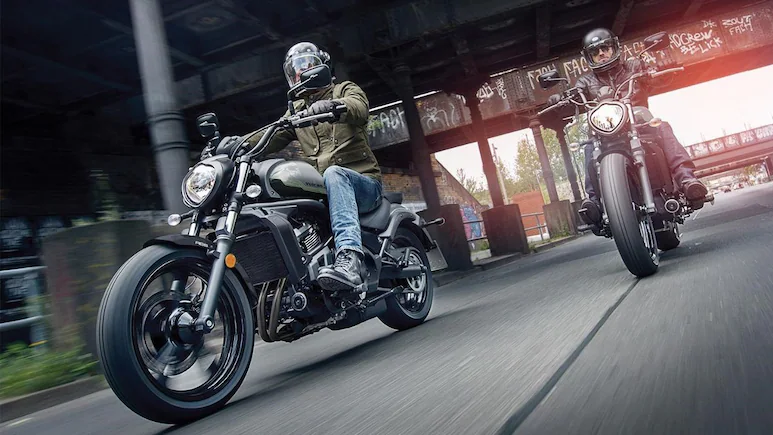Back when smartphones were still a relatively new concept, buyers' attention was mainly focused on the headline figures: the total number of megapixels on offer, the amount of gigabytes of RAM, etc. It was only much later that smartphone discourse matured to include system-on-chip (SoC), camera sensors and other aspects that greatly impact the user experience. Something similar has happened in India's rapidly evolving electric two-wheeler market, where buyers have so far prioritized the product's advertised range, battery capacity, power figures and charge times over all else. However, one key area that perhaps deserves more attention than it currently attracts is what powers an electric two-wheeler: its motor (and its positioning).
Today, a majority of electric scooters on sale in India employ one of two main types of motors: a permanent magnet synchronous motor (PMSM) or a brushless DC motor (BLDC). Even the structural integrity of these types of motors, at least in the Indian context, can be divided into two broad categories: mid-mounted (found inside the scooter's frame) and hub-mounted (positioned within the scooter’s rear wheel rim).
More than half of the top 10 best-selling electric two-wheeler brands in the country today sell at least one model fitted with a hub motor. Market leader Ola Electric's S1 Air and S1 Other players, including Hero Electric, Okinawa, Ampere (Greaves Electric Mobility), Kinetic Green, Bounce and Pure EV, sell two-wheelers that primarily use hub motors. The hub motors used by almost all of these brands are BLDC, except for Ola, which says it uses hub-mounted PMSMs.
On the other hand, startups Ather Energy and River have adopted a mid-mounted motor for their scooters. The performance-oriented Ola S1 Pro and TVS X also have a center-mounted PMSM. Meanwhile, Bajaj's Chetak and Hero MotoCorp's Vida V1 use a swingarm mounted PMSM.
Hub Motors Convenient, But…
On the face of it, a BLDC hub motor brings benefits of cost (compared to a PMSM) and eliminates the need for a transmission, as it is compact enough to be integrated into the wheel hub, which it drives directly. It's also notably silent on the move. However, its power density is not at the same level as that of a PMSM.
“BLDC hub motors are relatively simple and easy to integrate into a basic electric vehicle. The absence of a transmission makes it attractive, both in terms of cost and maintenance,” said an executive with a leading two-wheeler manufacturer, requesting anonymity. ".
However, the benefits of the BLDC hub motor, which is now produced and sold by several automobile manufacturers in the country, far outweigh its disadvantages, according to some industry officials. One is efficiency: the PMSM offers efficiency levels of over 90 percent, significantly higher than a comparable BLDC hub motor.
“BLDCs are fundamentally simpler. Manufacturing is simpler. The engineering and motor control algorithms required are much simpler on a BLDC than on a PMSM. So the barriers to entry [for production and sales] are much lower there,” explains Arjun Jain, CEO of components company Varroc. , which makes traction motors for electric vehicles as of 2022, says that the efficiency [compared to a PMSM motor] is much lower, which means that with the same battery capacity, you'll get less range.
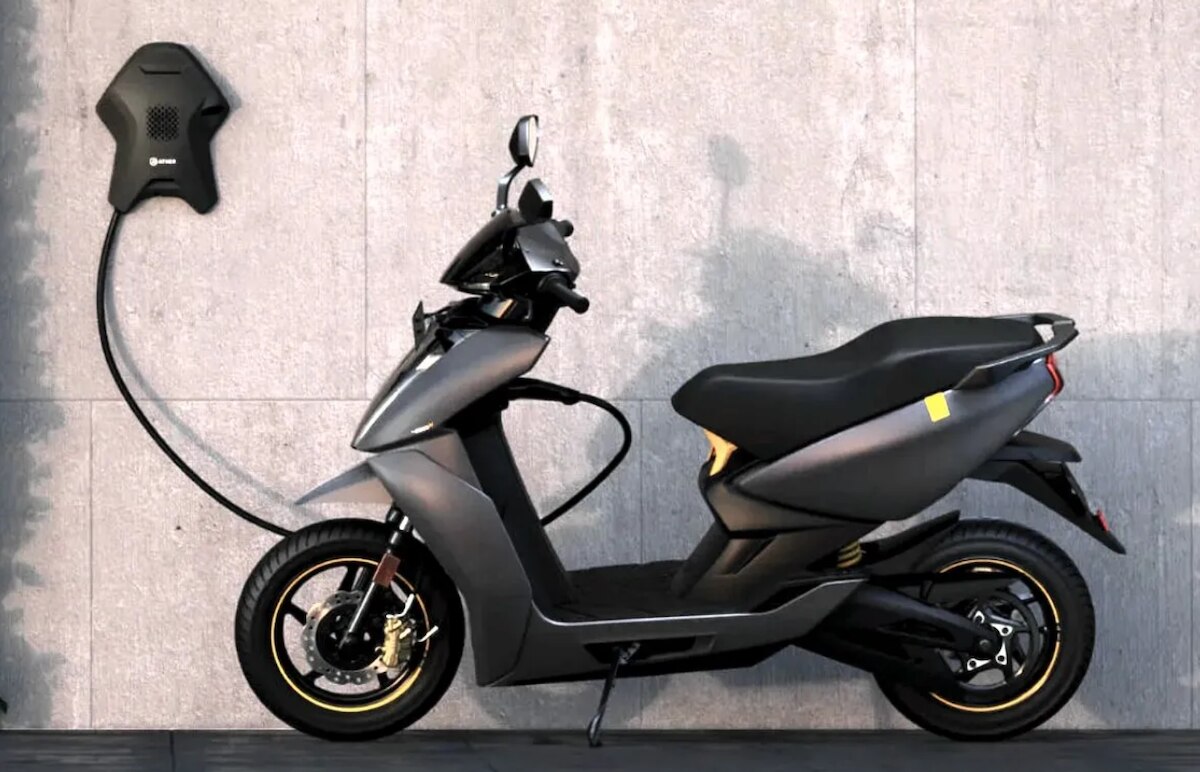
Hub Motors: Impact On Durability And Performance
There are also several factors related to hub motors that impact vehicle performance and dynamics. Opting for a hub motor can lead to a four or even five-fold increase in the wheel assembly [compared to the rear wheel of a mid-mount motor scooter]. The substantial increase in unsprung mass poses tall hurdles for suspension tuning and vehicle handling.
“A fundamental problem with a hub motor is that the stator windings won’t be not be able to cool themselves efficiently unlike a center-mounted motor. You will have to reduce the amount of peak torque the motor can provide. If you choose to increase torque levels, the consistency of available torque becomes less Frequency will be greatly affected by the heating of the windings. Aside from the increase in unsprung mass (which negatively affects ride quality), with a hub motor, you also have a large chunk of mass going further away from the car's center of gravity of the vehicle. Explains Shivaram NV, chief engineer at Ather Energy: “The yaw inertia of the vehicle will shoot up, making it harder to turn the vehicle, even when executing a simple U-turn.”
What's more, from an overall vehicle cost point of view, a hub motor does not always work out cheap.
“If you look at the overall vehicle, the system costs to get a PMSM for the same amount of [targeted] range is lower than a hub motor,” Jain says. “You might pay a little more for the motor and the motor controller, but you save a lot on the battery, assuming the same range.”
His view is seconded by Swapnil Jain, co-founder of Ather Energy, who says: “The difference in cost between a mid- mount motor and a hub motor is only perceived. To match the performance of a mid-mounted motor, a hub motor would be not only more expensive but also heavier. Increased torque works out cheaper if you use a gearbox instead of a hub motor. Because to the inherent thermal problems posed by the latter, you have to push in more copper, which bumps up the cost”.
More importantly, there are serious concerns about the longevity and durability of hub-mounted motors. Being positioned lower, they are subjected to prolonged exposure to water, dust and frost, unlike a mid-mounted motor, which is typically housed in the scooter frame and protected by the vehicle body. Given their location, hub motors are also likely to take a lot of knocks on Indian roads, and potential repair or replacement work may not only be time-consuming, but also very expensive.
“There have been reports of customers facing water leakage issues, even in motors that have an IP rating, as the weather and road conditions in India cause motor casings to corrode over time. There have also been instances of the hub being bent out of shape, magnets in the motor breaking, untrained service staff mishandling the motor while disassembling the wheel/tyre, and the cost of replacing a damaged hub motor may be anywhere between Rs 12,000 to Rs 15,000, says Sanjeev Vasdev, owner and MD of component manufacturer Flash Electronics, which has been producing PMSM for electric vehicles since 2021.
Mid-Mounted Or Hub: Which One's For The Future?
While there are several two-wheelers fitted with hub motors today, the industry appears to be shifting in favor of mid-mounted motors.
“The hub motor has to adapt to the diameter and thickness of the wheel. Mid-mounted motors don't have these limitations, and in terms of how you want to tune the car's performance, you have much more flexibility. If you want an electric car that can compete with the Activa in performance, there's no way you can It has a BLDC motor. “ If you want moped levels of performance, sure, but I don't expect the market to be at that level,” says Varroc's Arjun Jain, whose company is now focusing on making PMSM motors rather than BLDC motors.
Ather's Swapnil Jain admits that the company had initially considered going with a hub motor for its second model, the family-oriented Ather Rizta, but the negatives associated with the motor architecture are consistent and possibly permanent.
“We never considered it for the 450 lineup, but with Rizta we did evaluate it. However, we realized that hub motors still don't make sense, and the understanding is so clear, that we will probably never use a hub motor architecture in the future. There’s just a lot more trade offs, and in the long run, it's not a smart architecture”, he says.
As the market matures and consumers start to look a little closer at each electric two-wheeler, more questions will be asked and customer preferences will begin to shape vehicle powertrain strategies. Both in terms of standout numbers and small details that together create a satisfying driving and ownership experience.
Also Read: Adani looks to partner Uber for foray into electric cars




